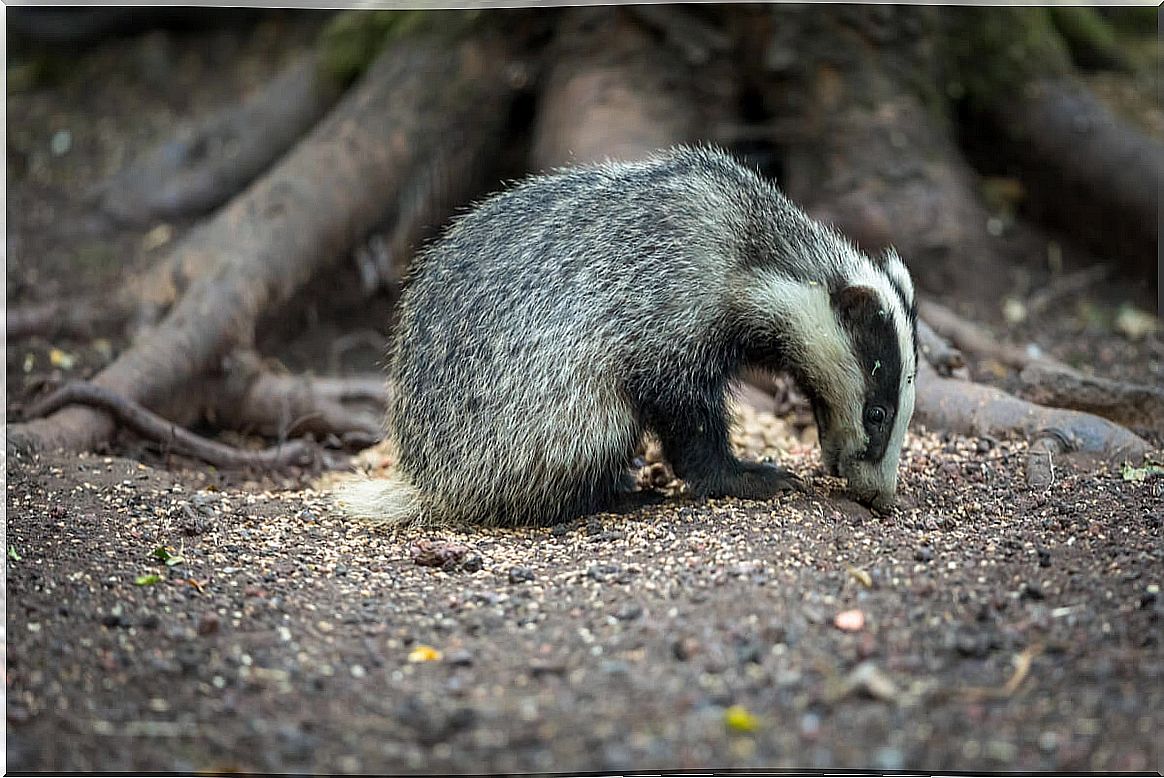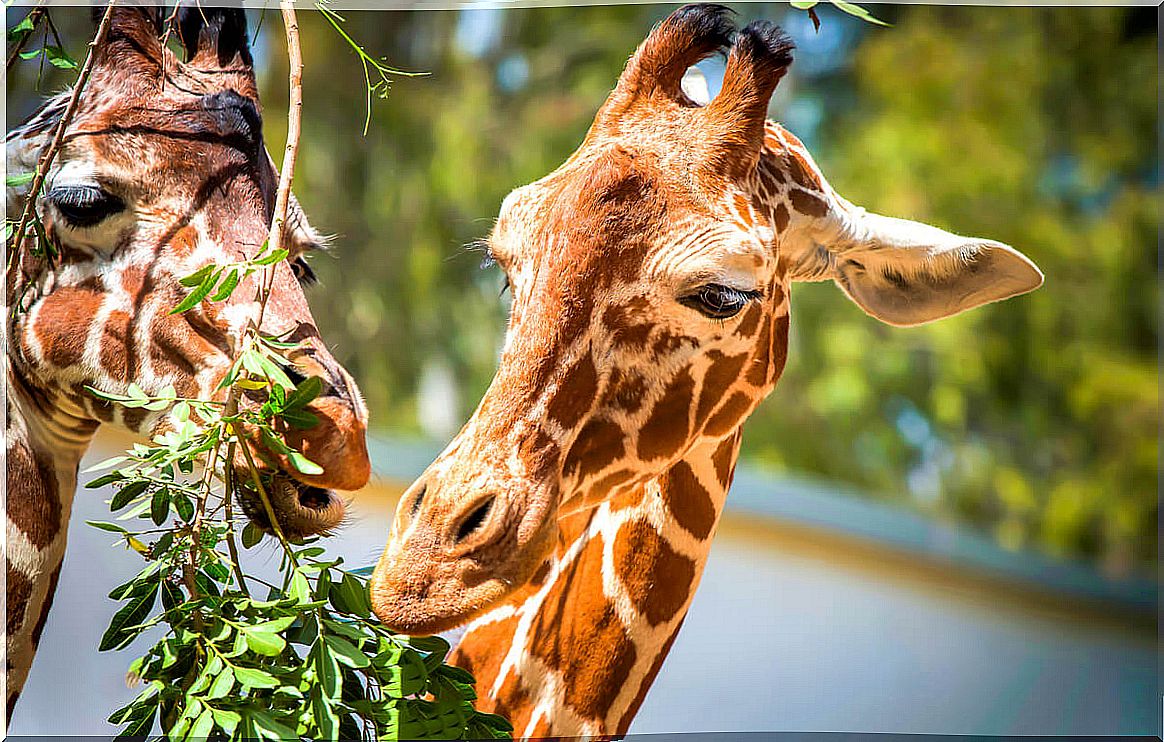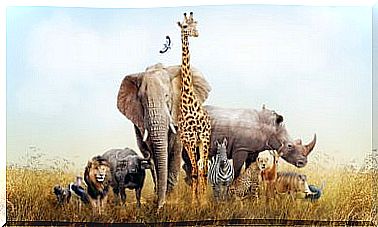What Is Optimal Foraging Theory?

The optimal foraging theory is a model that predicts the best way in which animals should be fed so as not to spend too much energy and time in the process. Defined from another perspective, it is a natural mechanism based on the maximization of resources in a limited space.
What is this model based on? What factors does it depend on? Is it the same in all animals? We will answer all these questions and many others in the following lines.
The model that predicts the feeding of the animal
The theory of optimal foraging (TFO) is known as the model that predicts the behavior of an animal when looking for food. Evolutionarily, living beings develop adaptations that allow them to survive. These mechanisms are not based only on anatomical models – wings, hands or claws – but also on behavioral patterns.
As we all know, obtaining food provides the necessary energy for the activities that animals carry out: moving, reproducing and living with all that this entails, in short. However, finding and obtaining food is one of the most energy-consuming activities.
Therefore, it is logical to think that the animal will be interested in obtaining enough food to carry out its activities, but without spending too much time or energy during the activity, since it also has to reproduce and escape possible predators.
The optimal foraging theory —from the English foraging , search for food— is the model that is in charge of predicting this optimal diet. That is, it calculates the balance that the animals must find between the cost and the benefit of looking for food.

The fight between energy and time
In general, researchers divide the time interval used by the living being during its dietary maintenance into search time and handling time. The handling time includes activities such as hunting for prey or how long it takes for the animal to ingest organic matter.
Therefore, we can imagine the model as a “struggle” between search and handling times and the energy obtained by the food. The relationship between energy and time must be as balanced as possible for this food to be consumed.
Factors that affect the optimal foraging pattern
The optimal foraging model is made up of several complex equations. Although we do not intend to immerse ourselves in the complexity of the mathematical pattern, we will list below a series of factors that condition it.
Food dispersal
For many animals, a diet that involves moving from one place to another is not the same as another that involves staying in one place for a long time. Thus, travel time is a fundamental factor for living beings when choosing a diet.
As an example, we can think of the feeding of a granivorous bird, such as the goldfinch. For this bird, there is a big difference between a large forest with trees close together and a huge meadow with some scattered vegetables: in the second, the energy cost of feeding is much higher.
In fact, there is a theory called the «Marginal Value Theorem», which proposes the following postulation: the optimal travel time from one place to another is proportional to the adequate diet of the animal.
The quality of the food
Many animals may reject certain feeding sites if the quality of the food is poor. This is usually because, if the food is of low quality, it does not satisfy its energy demands and it is not worth feeding on it.
For example, we can think of a large predator like the cheetah. There is a big difference between a large prey – such as a wildebeest – and the nutritional value provided by a diet of small mammals or carrion.
Although the hunting of the wildebeest is more difficult, the quantity and quality of the food more than compensates the previous effort. Thus, the optimal foraging theory can also be used to predict prey selection in predator groups.
Is this theory the same for all animals?
The optimal foraging theory is a good predictor of how animals feed. We go further, since this model can decipher whether a species will have a generalist or specialist way of life. We explain ourselves.
In a specialist species – such as the Iberian lynx – the search time for prey is relatively short. So it pays to hunt the same prey all the time, in this case the rabbit. In doing so, it will specialize in a single type of victim and each time it will feed itself more efficiently.
On the other hand , generalist groups eat a wide variety of different foods. This is the case with the common mouse, for example. For this type of species, the cost of looking for a single source of food is greater than that of feeding on varied resources. Thus, the mouse bases its diet on various seeds, grains and plants.

In conclusion, we can affirm that the optimal foraging theory allows zoologists and ecologists to easily predict the feeding behavior of an animal in its natural environment , its choice of prey and even if it is a generalist or specialist. Of course, nature runs by numbers with astonishing accuracy.









